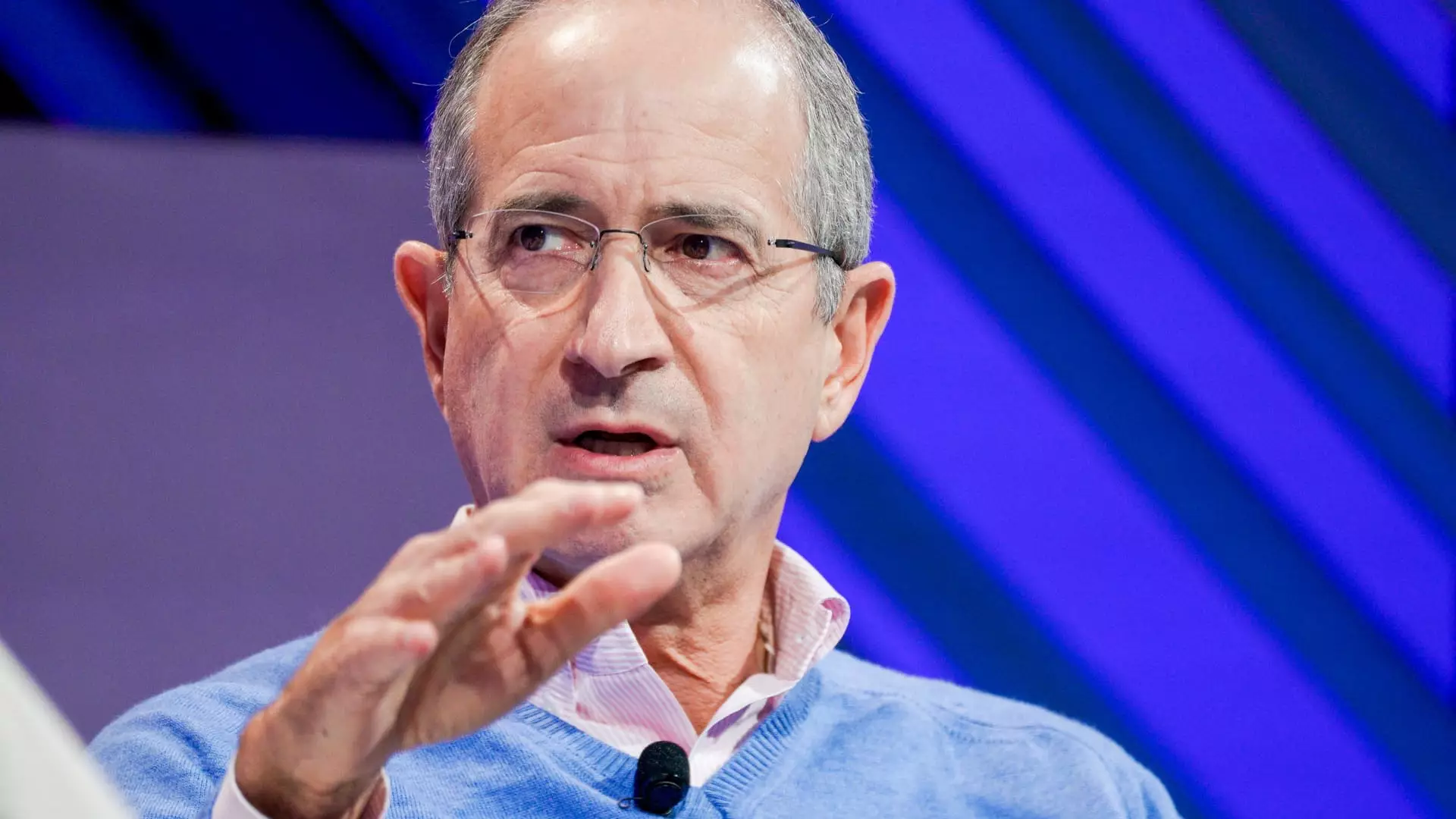In a significant corporate move, Comcast is weighing the possibility of separating its cable networks division from its overall operations. During a recent earnings call, President Mike Cavanagh outlined a vision for creating a new entity primarily focused on their cable networks, a step that highlights the complexities and challenges of today’s media market. This would not encompass major assets such as NBC and the streaming platform Peacock, signaling a targeted approach that aims at better managing their cable properties amidst ongoing industry upheaval.
The potential split comes in the wake of declining customer numbers across traditional cable services, as audiences increasingly gravitate towards streaming options. The mass exodus of subscribers from the traditional pay-TV model has become a common narrative, with thousands of customers dropping their cable subscriptions each quarter. Reporting a loss of 365,000 cable TV subscribers in the third quarter alone, Comcast’s experience reflects broader trends across the cable sector, where industry analysts suggest nearly 4 million traditional pay-TV customers abandoned their subscriptions in the first half of the year.
Despite the challenges, Comcast appears to be adapting. Its streaming service, Peacock, gained traction following its exclusive coverage of notable events like the Paris Summer Olympics. This indicates a clear strategy to prioritize streaming offerings while balancing their legacy cable business. Investments in Peacock suggest that Comcast is not only looking to retain subscribers but also to capture the attention of a new audience that favors on-demand content over traditional television.
Comcast’s moves come against a backdrop of significant industry struggles; for instance, Warner Bros. Discovery recently announced a massive write-down of $9.1 billion for its television networks, emphasizing the pervasive reevaluation of media assets. Cavanagh’s acknowledgment of systemic changes within the video sector resonates with many stakeholders in the industry, as networks must reinvent themselves or risk being left behind in a rapidly evolving marketplace. The comments made by Cavanagh reflect a patience in strategy development, highlighting that while discussions are ongoing, any decisive actions are still pending.
Exploring Collaborative Opportunities
Furthermore, the potential for streaming partnerships adds another layer to Comcast’s evolving strategy. Recognizing the complexity and competitive tension in streaming deals, Cavanagh indicated that the company is open to potential collaborations. In a landscape where partnerships can amplify content reach and subscriber growth, this openness signals Comcast’s intent to remain relevant and competitive, even as it contemplates a transformative separation of its cable networks.
As Comcast navigates through a period of significant change, the proposed separation of its cable networks may ultimately represent a larger shift in the media paradigm. By focusing on both maintaining its traditional assets and investing in its streaming future, Comcast is poised to adapt to the shifting preferences of consumers while aiming to retain value for shareholders. The outcome of these considerations will undoubtedly shape the company’s trajectory in an increasingly competitive environment.

